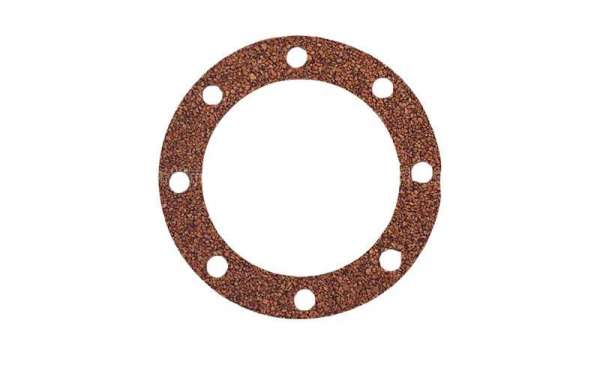Does your application need Graphite Gaskets?
High temperatures pose challenges for many gasket materials. Nitrile rubber gaskets can reach about 95°C, silicone gaskets can reach 200°C, and PTFE Gaskets can reach 260°C, but what if you need a higher temperature? One option is to use metal gaskets. A better option is to ask about graphite. Graphite Gaskets can maintain their characteristics at temperatures as high as 450°C and have other very useful sealing properties.
Features of Graphite Gaskets
Graphite is a form of carbon in which atoms are arranged in layers or sheets. This makes it easy for them to slide against each other, which translates into a slippery sensation when rubbing between the fingers and thumb. (This is also the reason why the "lead" pencil is used to write-graphite actually rubs on the paper.)
This smoothness of low coefficient of friction can be used for gaskets or seals. As the mating surfaces come together, the graphite allows some slippage. As the clamping load continues, this can accommodate any rotation or lateral movement without damaging the sealing material. Used as a dynamic seal or shaft seal, the low friction properties of graphite can minimize energy loss and heat accumulation while maintaining an effective barrier.







